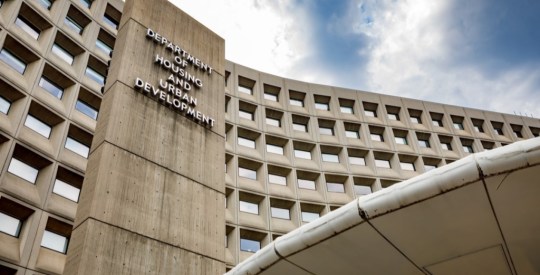In a release on Thursday, the Federal Reserve detailed some of the research it’s doing on the benefits and risks associated with central bank digital currencies. Current research is being conducted within the Federal Reserve Board’s “TechLab” on innovations in alternative technological payments and projects, according to the release.
Central bank digital currencies, or CBDC’s, refer to cryptocurrencies issued by central banks and are intended to supplement some sort of fiat currency (currency established as money but has no intrinsic value). Through CBDC’s, central banks have the ability to trace and track every transaction in real-time.
“Given the dollar’s important role, it is essential that the Federal Reserve remain on the frontier of research and policy development regarding central bank digital currencies,” said Federal Reserve Board Governor Lael Brainard. “Like other central banks, we are continuing to assess the opportunities and challenges of, as well as the use cases for, a digital currency, as a complement to cash and other payments options.”
The Federal Reserve also released details of its ongoing collaboration with the Massachusetts Institute of Technology on a multiyear effort to build a “hypothetical digital currency oriented for central bank use.” According to the Federal Reserve, the project is focused on assessing the capacities and limitations of the technology and is not a prototype of a Federal Reserve-issued digital currency.
In conjunction with the announcement of its experiments with CBDC, the Federal Reserve published a speech from Federal Governor Lael Brainard on the opportunities and risks CBDC’s offer during a time of economic uncertainty.
“The COVID-19 crisis is a dramatic reminder of the importance of a resilient and trusted payments infrastructure that is accessible to all Americans. The urgency with which the CARES Act emergency payments were spent underscores the importance of immediate and trusted access to funds for the many households and businesses that face cash-flow constraints,” said Brainard.
Brainard, a current member of the U.S. Federal Reserve’s Board of Governors, stressed that several other banks, fintech companies, and tech firms are currently exploring this use of digital payments. Brainard also mentioned that recent digital innovations such as Bitcoin and stablecoins have raised fundamental questions about the legality, stability and role of currency in society and that “China has moved ahead rapidly on its version of a CBDC.”
Aside from the collaboration with MIT, Brainard said a multidisciplinary team of application developers from the Federal Reserve Banks of Cleveland, Dallas and New York are currently supporting a policy team that is studying implications of digital currencies on the payments ecosystem, monetary policy, financial stability, banking and finance and consumer protection.
“More broadly, the Federal Reserve looks forward to increased international engagement on matters related to innovation and technological change that impact central banks and those we serve. Our new initiative with the Bank of International Settlement’s Innovation Hub, through an innovation center at the Federal Reserve Bank of New York, will provide a useful venue for increased cooperation and exchange,” Brainard said.
Currently, the Federal Reserve has not made a decision whether to undertake a significant policy process in regards to existing provisions of the Federal Reserve Act and the management and legal tender status of a CBDC.



